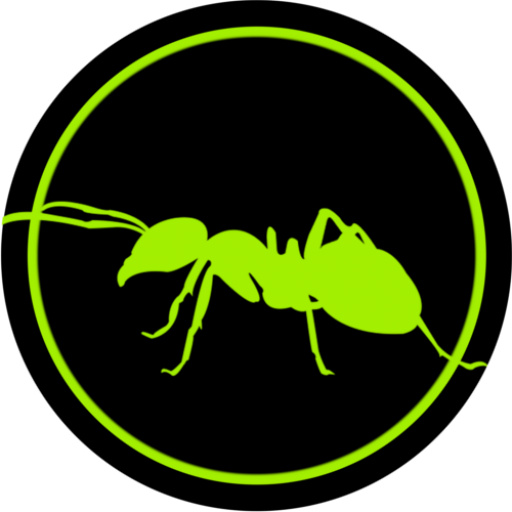
Caesarean section (C-section), a surgical procedure where a baby is delivered through incisions in a woman’s abdomen and uterus, becomes a vital alternative when a natural or vaginal birth isn’t feasible. Childbirth, a transformative experience in a woman’s life, is filled with joy, wonder, and, at times, concern. After a C-section, the mother’s body embarks on a unique and complex recovery process that differs from natural childbirth. It’s paramount for new mothers, their families, and their caregivers to understand the do’s and don’ts after a C-section, ensuring a smooth and safe recovery.
While every woman’s body and recovery process is unique, certain precautions are universal to everyone who has undergone this surgery. The following is a list of eight things to avoid after a caesarean section, each item grounded in medical advice and good practice.
1. Don’t Lift Heavy Objects
Avoid lifting heavy objects for at least six weeks after a C-section. This procedure is major surgery, and lifting heavy things can put undue stress on your incision and abdominal muscles. This might lead to complications such as wound dehiscence (separation of the wound edges) or even a hernia. It’s advised to only lift items that are lighter than your baby during this period.
2. Don’t Neglect Pain or Fever
Don’t ignore any signs of infection such as redness, increasing pain, swelling at the incision site, or fever. These symptoms can be an early indication of wound infection. Report such symptoms immediately to your healthcare provider to prevent the infection from worsening.
3. Avoid Intense Physical Activity
Avoid engaging in vigorous physical activities or exercises until your doctor gives you the green light. Your body needs time to heal, and strenuous activities could slow down the healing process or even cause injury. However, gentle walks can be beneficial as they promote blood circulation, which aids in the healing process.
4. Avoid Bathing Immediately
Don’t take a bath immediately after a C-section. While keeping clean is important, taking a bath can expose your incision to bacteria and potential infection. Your doctor will provide specific instructions about when and how to clean yourself. Typically, sponge baths are recommended until the wound starts to heal.
5. Don’t Skip Medications
Never skip your prescribed medications, particularly painkillers and antibiotics. Painkillers can help manage postoperative pain, while antibiotics can prevent potential infections. Always follow your doctor’s instructions regarding dosage and frequency.
6. Don’t Neglect Postnatal Appointments
It’s essential not to miss postnatal appointments with your healthcare provider. These visits allow your doctor to monitor your recovery progress, address any concerns or complications, and provide necessary advice regarding care and future activities.
7. Avoid Sexual Intercourse
Avoid sexual intercourse until your doctor advises that it’s safe to do so. Usually, this is after your six-week postnatal check-up, but it may be longer depending on your recovery. Early sexual intercourse can risk injury to the healing tissues and can also lead to infections.
8. Don’t Ignore Emotional Changes
Don’t ignore signs of emotional distress or mood changes. Postpartum depression can affect any new mother, whether they’ve had a vaginal birth or a caesarean section. If you’re feeling unusually sad, anxious, or overwhelmed, seek help from a healthcare professional.
Conclusion
Recovering from a caesarean section requires time, patience, and self-care. While this list is a guide, always remember to follow your doctor’s advice since your personal recovery might require specific care based on your health history and the specifics of the surgery. Surround yourself with supportive loved ones, listen to your body, and allow yourself the time you need to heal. This is not only vital for your well-being, but it’s also crucial for your new role as a mother. Embrace this journey with the knowledge and precautions necessary for a healthy recovery.














